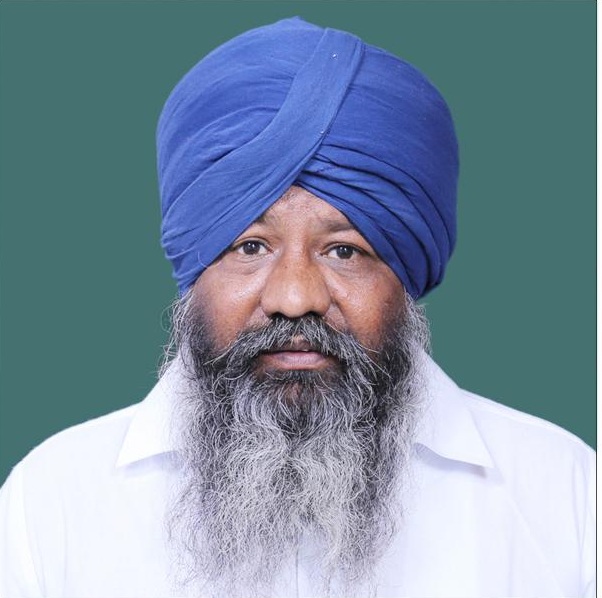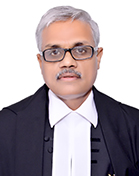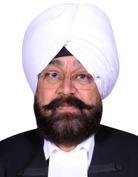Sometimes despite preparing well in time for the exam we feel unsure about it. But at times though we might start late, we feel much confidant. So it is basically not about how much time we put into the preparations, but how focussed we are and what kind of methodology we follow. This whole idea is to imply that it is still not late to start preparing for JEE 2015!
- Understand Syllabus and Pattern

If you are still thinking about beginning your preparations, then understanding the syllabus and pattern of JEE 2015 is best way to strategize your preparation. Find your strong and weak points, then accordingly plan how to go about it.
- JEE and Boards – Prepare Simultaneously

The new selection system gives importance to the Class XII board marks as well, so you must prepare for both the exams together! Start with the NCERT problems as your 12th class boards depend on it. Also, they are the building blocks (basics) for the JEE syllabus. Thus, thorough the NCERT syllabus.

Exam pressure takes a toll on everyone and as the clock goes on ticking away, the confusion starts getting deeper and deeper. So in the beginning itself, devote time equally to all the 3 subjects. Map your strengths and weaknesses. Devote time accordingly. Also, try and finish topic by topic and not in a haphazard way.

There are numerous books and material available for JEE preparation in the market. But you just can’t buy everything, right? Even if you buy ten books, there would be many others with problems of different types. So instead of going behind too many resources, stick to your textbooks, class notes and coaching class study material. A thorough preparation of these with a strong command over the basics is enough to do the trick!

Apart from the time management, make a monthly time table to track your progress. As you would go on finishing topic, you will start feeling more and more confident about your preparations. You can finish the course ideally by Feb and in the month of Feb you can do a thorough revision for the Board exams falling in March 2015. And in April and May 2015 you devote all the time for revision of your JEE study material, revision of concepts, theories and formulae and for solving mock tests and practice papers.
- Don’t Fall for Selective Studying

If you have prepared well and if you would know the seriousness of JEE 2015, you would not tend to go to the important topics. But one thing is rather important to understand that all the 3 subjects are important and have to be completed simultaneously. Also, the syllabus for Class 11 and 12 contribute about 45% and 55% respectively of IIT- JEE question papers. So prepare accordingly.
- Stay Away from Negative Influence

There might be relatives or acquaintances who would try to demotivate you or pull you down. Do not listen to them. They would just make it difficult for you. At the end it is just your will-power and confidence which will take you to places. There are students who clear competitive exams despite lack of any resources. So just listen to your heart and be amongst those who support you and believe in you.
An Entranceindia.com and askIITians.com content sharing initiative.


 Yogi Adityanath
Yogi Adityanath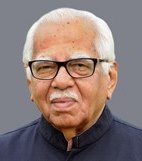

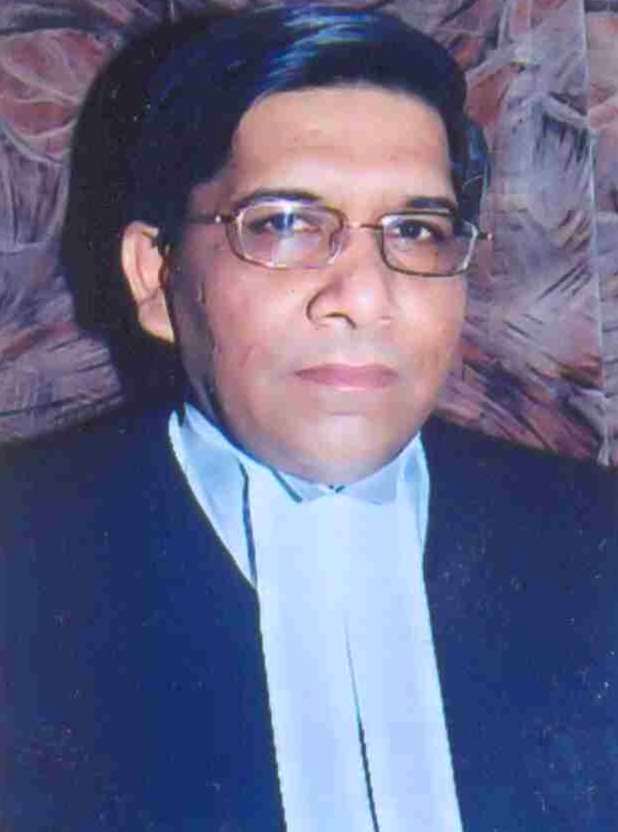
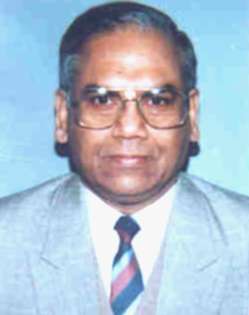
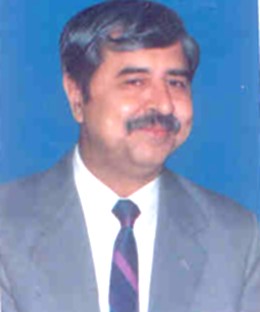







 Built in the memory of Bo-Ali-Qualander Shah, the famous Muslim sage, this place of honour was constructed by Ghias-ud-din Tughlaq, the ruler of Delhi. The well sculpted memorial was constructed in marble. The tomb is important because of the stories that are related to Qualander Shah. This Sufi sage was famous for his new-age thinking and his ideas that have been respected and appreciated by people of all religions. The saint was said to be blessed with miraculous powers. The tomb premises are fenced by walls and hoses beautiful fountains and lush garden surrounding the tomb.
Built in the memory of Bo-Ali-Qualander Shah, the famous Muslim sage, this place of honour was constructed by Ghias-ud-din Tughlaq, the ruler of Delhi. The well sculpted memorial was constructed in marble. The tomb is important because of the stories that are related to Qualander Shah. This Sufi sage was famous for his new-age thinking and his ideas that have been respected and appreciated by people of all religions. The saint was said to be blessed with miraculous powers. The tomb premises are fenced by walls and hoses beautiful fountains and lush garden surrounding the tomb.